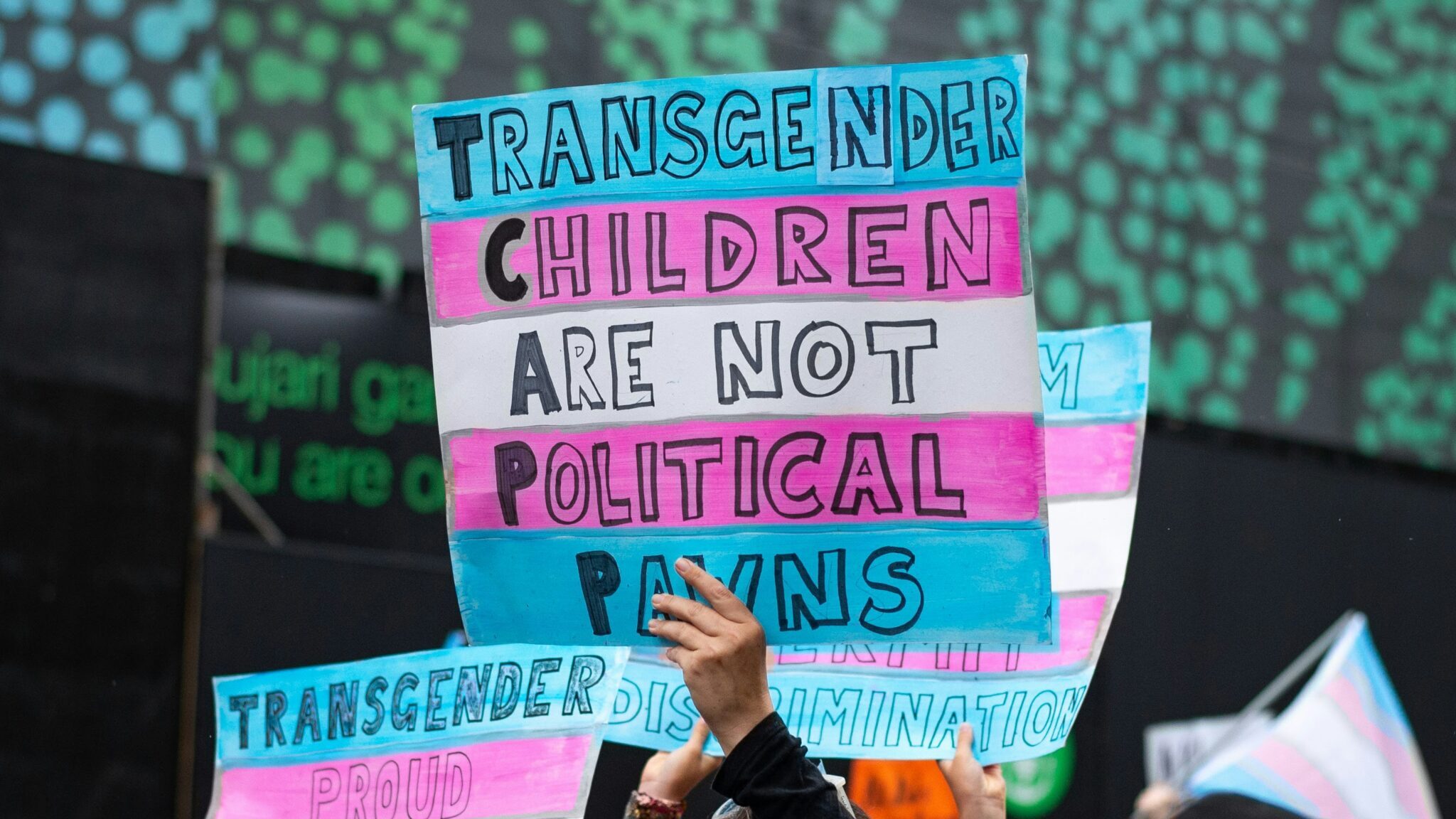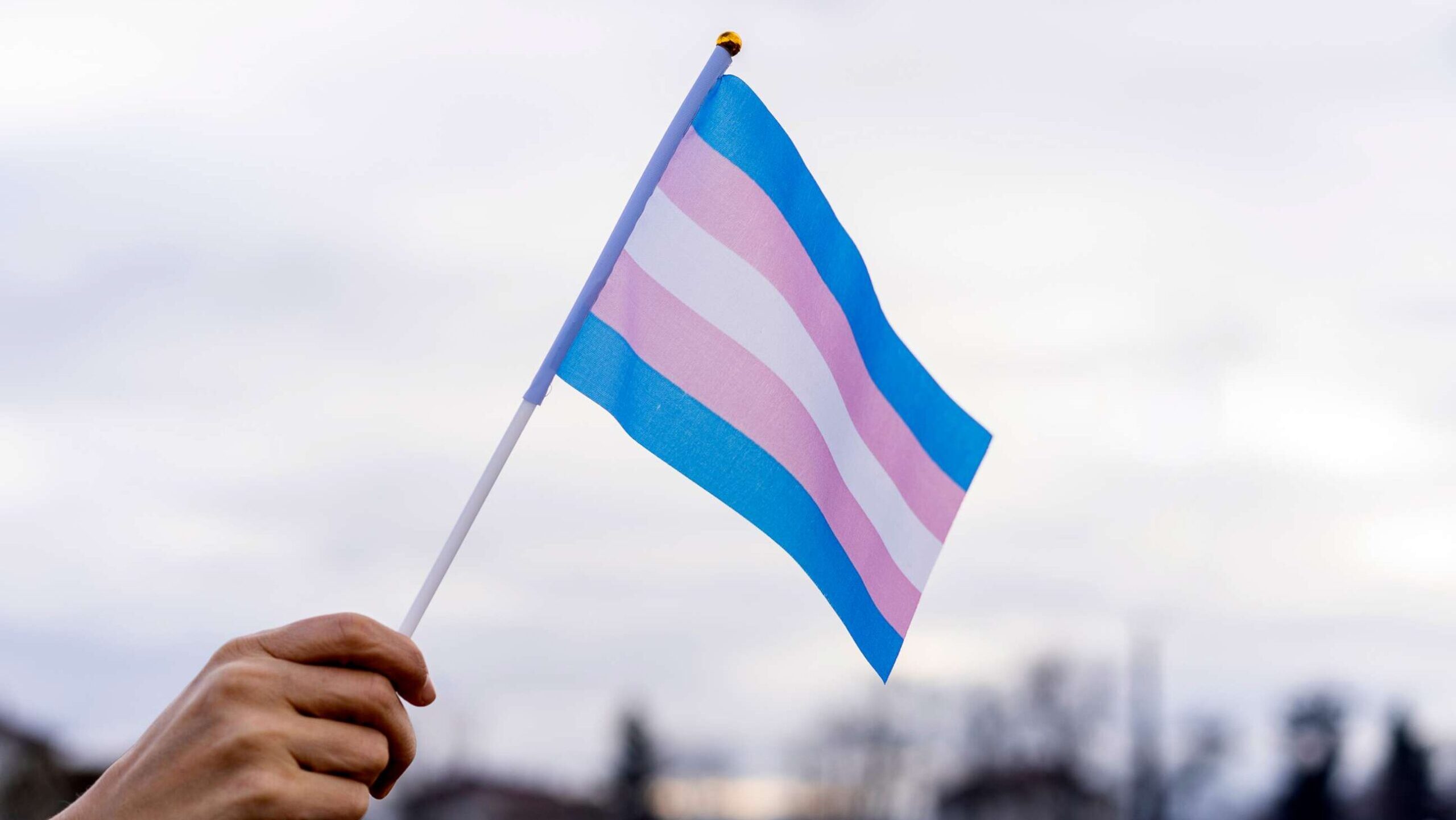She modeled for Vogue, partied with John Lennon and Mick Jagger, and married into minor nobility, all while fighting for legal recognition of her gender.

April Ashley, a model and socialite who rose from poverty in Liverpool to the heights of London society, a feat achieved as much through her striking good looks as it was through her status as one of the first Britons to undergo gender confirmation surgery, died on Dec. 27 at her home in London. She was 86.
Tim Brunsden, a friend, confirmed the death. He did not specify a cause but said she had been in failing health.
With her statuesque figure, her enrapturing doe eyes and her Zeligesque ability to rub shoulders with everyone worth knowing among the European chic set, Ms. Ashley embodied the swinging hedonism of 1960s Britain as it sloughed off decades of austerity to embrace material wealth.
She partied with John Lennon and Mick Jagger. Salvador Dalí wanted to paint her (nude; she declined). Elvis Presley wooed her. Later, in a series of tell-all memoirs, she disclosed the names of some of her many lovers, including the actor Omar Sharif and the singer Michael Hutchence.
She worked, when she needed to, as a hostess and a dancer. But she also cultivated enough wealthy friends that such need was infrequent.
“If you decided to fly to Geneva in your private plane for lunch, then April was your girl,” The Sunday Observer wrote in 1982.

Scandal seemed to follow Ms. Ashley: A friend outed her as transgender to a tabloid in 1961. Her brief marriage to the son of a British baron set off a high-profile annulment fight, resulting in a landmark 1970 decision denying transgender women legal status as women — and denying Ms. Ashley any of her husband’s inheritance.
She eventually retreated from the limelight, first to the English countryside, then to California and finally to the South of France.
By the time she returned to Britain in 2005, the country’s attitudes about gender identity were starting to change. When she had left, in the early 1980s, she called herself a “freak” and said that strangers had poked and sneered at her; now she was embraced as a hero.

She was named to the Order of the British Empire in 2012 for her “service to transgender equality.” In 2015, Liverpool, her hometown, acknowledged her accomplishments by naming her a “citizen of honor.”
“I always say three things,” she told The Liverpool Daily Post in 2008. “Be beautiful, be kind — to yourself and others — and most of all be brave. Chins up — get on with life and be as brave as you can.”
April Ashley was born on April 29, 1935, in Liverpool and grew up in public housing. Her father, Frederick Jamieson, was a cook for the Royal Navy who was often away at sea and often inebriated when at home. But she also recalled him as a “gentle drunk” who, after she transitioned, was the only member of her family to accept her.
Her mother, Ada (Brown) Jamieson, worked in a bomb factory during World War II. She was abusive, as were the boys at school, who teased April as she began to exhibit female characteristics as she grew up, like rounded hips and breasts, though she still identified as a boy. Ms. Ashley told The Daily Mail in 1970 that as a child she would pray, “Please God, when I wake up, let me be a girl.”
Desperate to prove her masculinity nevertheless, she joined the Merchant Navy in 1951. But once again she was bullied for her physical appearance, and during shore leave in Los Angeles she attempted suicide.
Back in Liverpool, she checked herself into a mental hospital, where she begged the doctors to “make me more manly,” she wrote in a first-person account for News of the World in 1961. They treated her with drugs and electroshock therapy. “It lasted a year,” she recalled, “and at the end of the day they told me it was no use.”
Unwelcome at home, she moved to London, where she started dressing as a woman. During a vacation in France, she met a group of drag performers, who got her a job dancing at Le Carrousel, a famed Paris nightclub.
By then Ms. Ashley was taking estrogen and saving for her transition surgery. In 1960, with a reference letter from Coccinelle, a Carrousel dancer and the first known French person to transition, she traveled to Casablanca, Morocco. There she met Dr. Georges Burou, a gynecologist who had pioneered techniques in gender transition.
The surgery lasted seven hours. Ms. Ashley recalled that just before she went under, Dr. Burou said, “Au revoir, Monsieur.” When she woke up, he greeted her with “Bonjour, Mademoiselle.”
She returned to London, where she registered with the government as a woman under the name April Ashley. Her stunning looks and her background as a dancer eased her way into London’s fashion world, and she was soon modeling lingerie for some of Britain’s top designers. She began acting, too, appearing in a small role in “The Road to Hong Kong,” the last of the Bob Hope-Bing Crosby “Road” movies, which was released in 1962.
But her budding career was cut short in 1961 when a friend sold Ms. Ashley’s story to a British tabloid. Six months of modeling contracts dried up immediately, and the producers of the film cut her name from the credits.
She moved to Spain, where she found attitudes more relaxed and work easier to come by. Along with modeling, she picked up work dancing and hosting in the nightclubs along the Costa del Sol, including one owned by Arthur Corbett, the rakish son of Thomas Corbett, the second Baron Rowallan.

After a two-year courtship — Mr. Corbett had to finalize his divorce from his first wife — the two married in 1963. He was fully aware of her identity, but they never consummated the marriage; each blamed the other, and Ms. Ashley ran away with a Spanish nobleman two weeks later.
She bounced around Europe for several years, living and occasionally working in Naples, Rome and Paris. She befriended the actor Peter O’Toole and had an affair with Mr. Sharif, Mr. O’Toole’s co-star in “Lawrence of Arabia.”

When money ran short, she sued her husband for failure to pay her a stipend. He countersued for an annulment. The litigation had all the trappings of celebrity scandal — Sex! Fashion! The peerage! — and once again Ms. Ashley made headlines.
The case, Corbett v. Corbett, dragged on for three years. In his decision against Ms. Ashley, in 1970, the judge ruled that despite her surgery, she was “at all times a man,” and that marriage between two men was impossible.
Ms. Ashley was nothing if not a self-restarter. With a friend she opened a restaurant in London, April and Desmond’s; the food was mediocre, but the crowds were swinging. Ms. Ashley often worked the door, bedecked in Thea Porter caftans and once again running with London’s chic set.
Never one to avoid a party, she bragged of once downing 32 martinis in a night. Whether or not that was true, the louche life took its toll, and after a series of heart attacks she decamped in 1975, settling in Hay-on-Wye, a small bohemian town on the Welsh border. In the early 1980s, seeking to start over yet again, she moved to San Diego, where she found anonymity in a studio apartment and a job selling glass swans and alabaster wolves at a wildlife-themed art gallery.
At one point she married Jeffrey West; they divorced after about a decade. She leaves no immediate survivors.
In the late ’90s, Ms. Ashley moved to a town outside Nice, France, to be closer to her friends. Interest in her story picked up in 2001, after she appeared in a popular documentary about Mr. Corbett’s family. That same year the European Commission on Human Rights struck down Corbett v. Corbett, forcing Britain to write new laws regarding transgender rights.
Ms. Ashley saw an opening. She reached out to an old friend from her days in London, John Prescott, who by then was the deputy prime minister. Under a new law, he managed in 2005 to get her a new birth certificate, one that confirmed her as a woman.

Ms. Ashley returned to a very different London than the one she had left. If it was still dangerous to be transgender, life had nonetheless significantly improved in the 25 years since she left. Ms. Ashley was once again a celebrity, this time as an activist. She lectured at Oxford, went on talk shows and was the subject of a yearlong museum exhibition in Liverpool.
Still beautiful if no longer young, she adopted yet another identity, that of the upper-crust dowager. She wore her hair in a perfect blue-dyed beehive and was partial to orange accent scarves, impeccable etiquette and incessant name-dropping.
She wrote a memoir, “The First Lady” (2006), with Douglas Thompson. It was optioned for a film, with Catherine Zeta-Jones lined up to play her. But things fell apart when it was revealed that she had plagiarized large sections ofis h the book from a previous autobiography, “April Ashley’s Odyssey,” which she wrote in 1982 with Duncan Fallowell, and both Mr. Fallowell and the publisher of the earlier book objected. Copies of “The First Lady” were pulped, the movie plans scratched.
This post first appeared in NYTIMES




